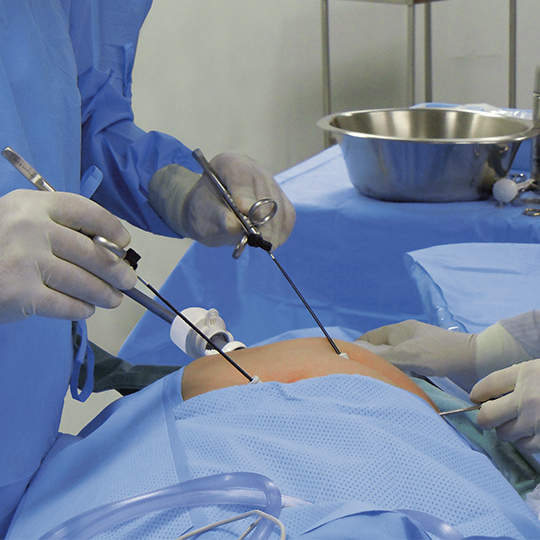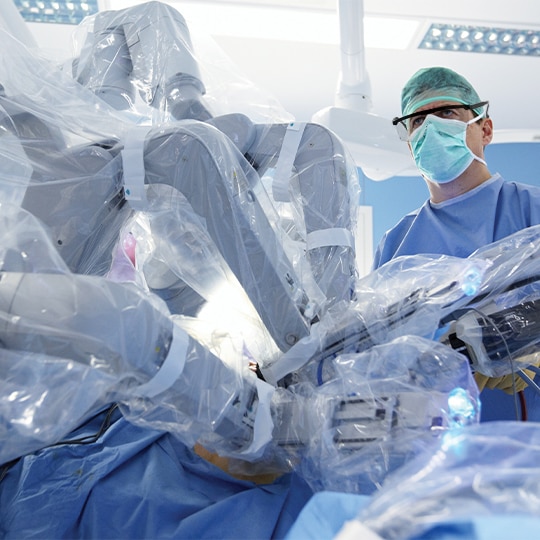Surgical Options | Hernia Info
-
Open
-
Laparoscopic
-
Robotic
Surgery Options
Post Surgery

Hernias can be complex.
Learning more doesn't have to be.
Watch videos and download resources to be prepared to speak with your health care provider.
View Resource Library

Join the Hernia Info community!
Want to learn more?
Follow and read our blog to learn about specific topics and get insights into hernia care.
View Our Blog


